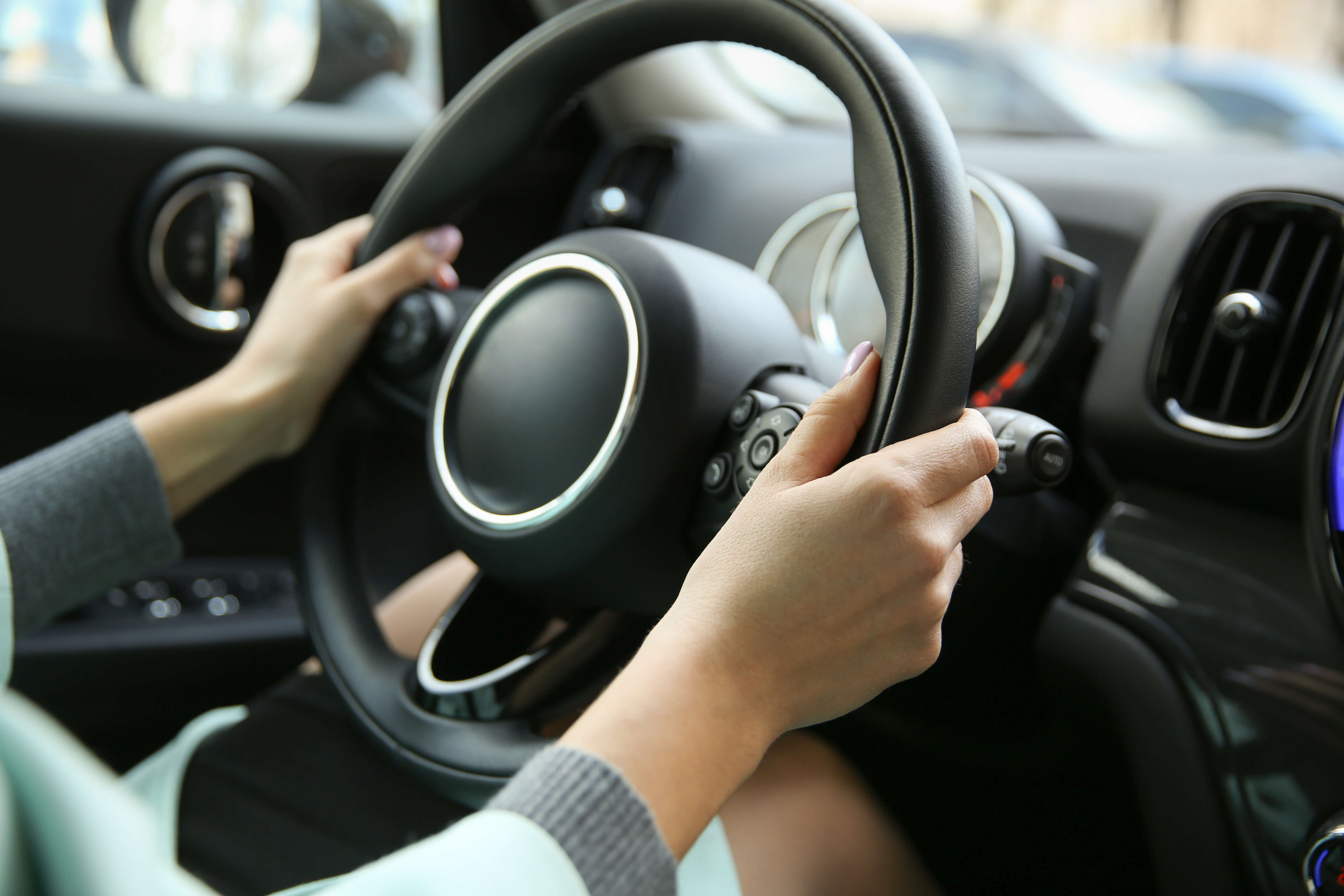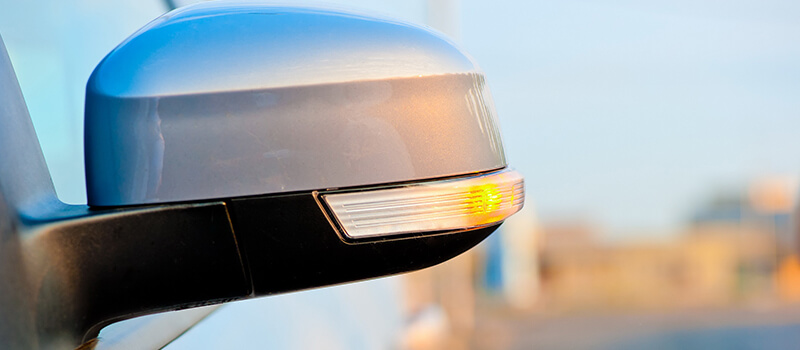Defensive driving in simple terms is to assume the worst and drive accordingly. Many learners and qualified drivers are guilty of going into autopilot mode/switching off. When this happens, the driver switches off from the road ahead and naturally, any defensive driving thoughts also diminish.
It's situations like this, when a driver is in the wrong place at the wrong time, when an accident may occur because they weren't fully anticipating what other road users may do next.

Defensive driving
To be a good defensive driver, you should scan and plan the road ahead in enough time. Although everything may seem fine, you should stay on guard and keep asking yourself 'what if?' and then ask yourself whether or not you would be ready for any potential sudden changes.
Here are some examples of what if's which will hopefully help you understand the concept of defensive driving and how to apply it to your driving:
Approaching a blind bend on a country road
Many drivers would take this bend in a normal driving position with their foot still on the gas. But what if a large vehicle was approaching from the other way, doing 10mph more than they should be? The faster the oncoming vehicle is approaching the bend, the more they will have to take up a central position in the road.
-
What if someone (opposite direction) misjudged an overtake approaching the bend?
-
What if there was a tree that had fallen in the road, just around the bend?
-
What if there were pedestrians/cyclists just around the bend?
-
In the winter, also consider things like black ice, snow, floods etc.
What to do:
With these things in mind, it's essential to check your mirrors when you see the bend. Depending on the activity behind you, come off the gas, position slightly more to the left and slow down to a speed that you believe you could stop in time if one of these potential 'what if's' was to occur around the bend. The above what if's are examples and it can be quite endless to what could be there. Usually, if you just anticipate the most likely 'what if' you will be ready for all the others.
Driving through a busy car park
You will see many car parks have speed limits of 5mph, but most drivers still exceed this speed limit. These speed limits are in place so that even with minimal anticipation/defensive driving, any accidents will be considerably less serious.
All accidents in car parks are a result of the vehicles speed being too high concerning their observations, awareness, scanning and planning. Whether you're reversing in/out of a bay or just looking for a parking space if you have an accident in a car park regardless of who's at fault, you could have probably avoided the accident if your speed was slower or your observations/awareness was higher.
If someone reverses into you as they are coming out of a bay, then it's their fault 99% of the time. However, were you anticipating that person reversing? The answer would be no every time.
However, if you were applying defensive driving 10 seconds before being reversed into, you would have avoided the accident.
What to do:
When driving in and around car parks, only press the gas pedal when you have established it's clear ahead. Come off the gas and use the brake if necessary the moment you sense or identify a potential hazard. Look out for the following:
- Reverse lights
- Brake lights
- Exhaust fumes
- Wheels turning
- Signals
- Pedestrians standing near cars/walking towards cars
- Aggressive drivers looking to steal spaces
- Trolleys/parks being pushed into the road before pedestrian has looked properly
- Think about a child running out between every parked car suddenly. Are you going slow enough to stop in time?
- Drivers going the wrong way in the car park
The list above is just an example, and you may be able to think of more.
Apply MSPSL for any potential hazards
When you are scanning for potential hazards, start the MSPSL as part of the plan, so you are ready in case it happens. You should always have enough time to check the mirrors (unless emergency stop) if you are concentrating and scanning the roads in good time. It's incredibly important to know what's behind you as well as what is in front of you. If someone is following you very close or trying to overtake, then your risk will suddenly increase. The danger from behind could then become a priority over the potential hazard in front, which may or may not arise.

Summary
Defensive driving can also be associated with anticipation and awareness. Regardless of whether you have a fault or non-fault accident, both parties could have done more to prevent the accident. If 1 out of the 2 drivers were driving 100% defensively, then the likelihood of the accident occurring would virtually be 0% unless there was intent from the guilty driver.
Visit LADA for a technique that may help you to apply defensive driving.